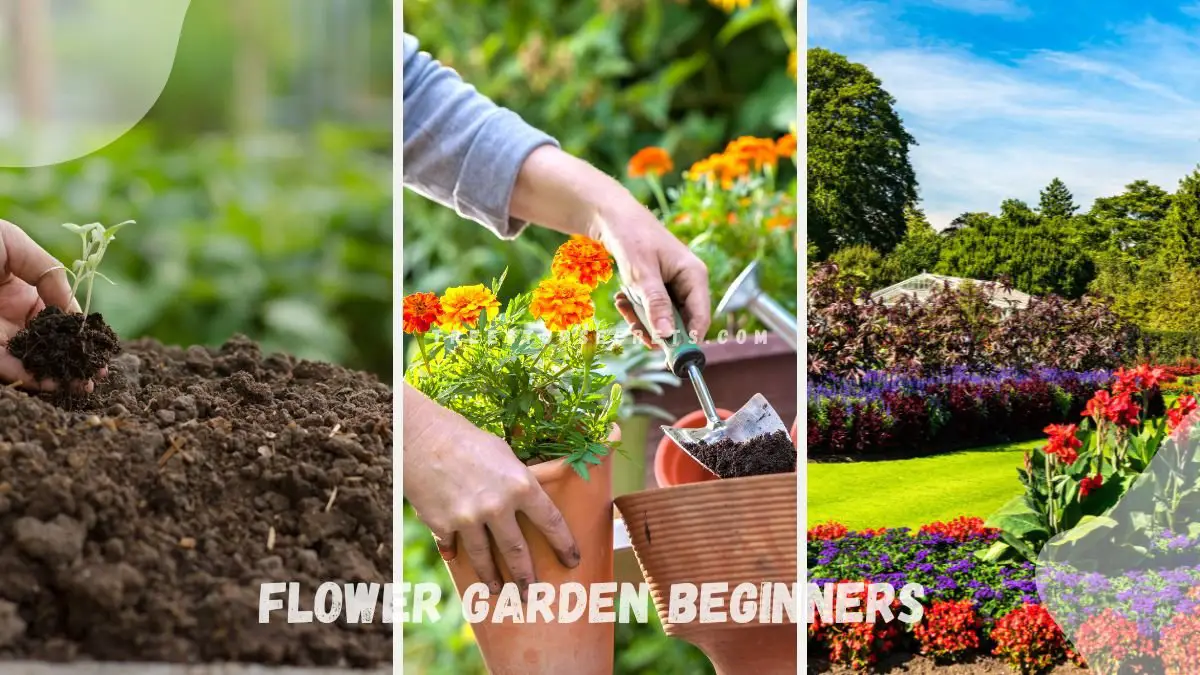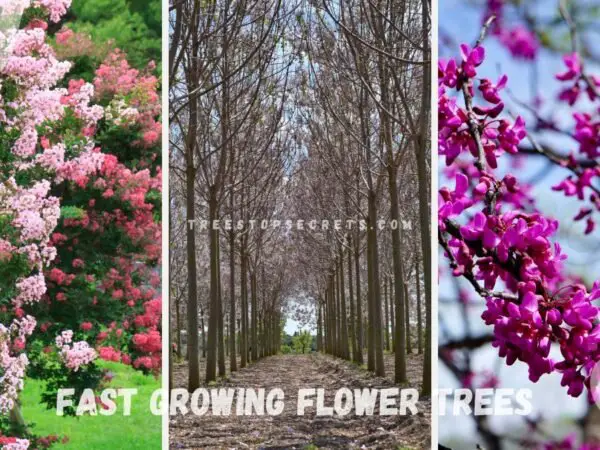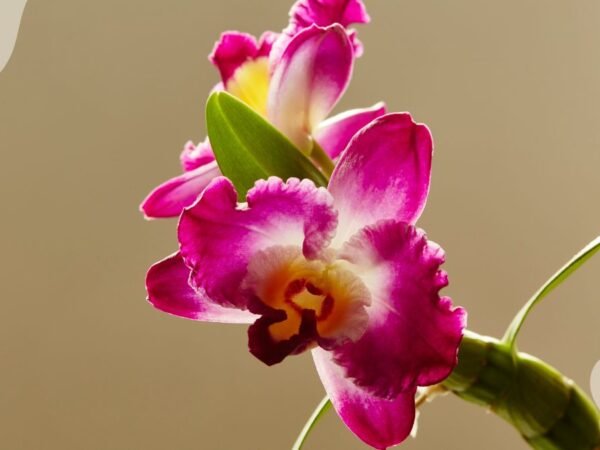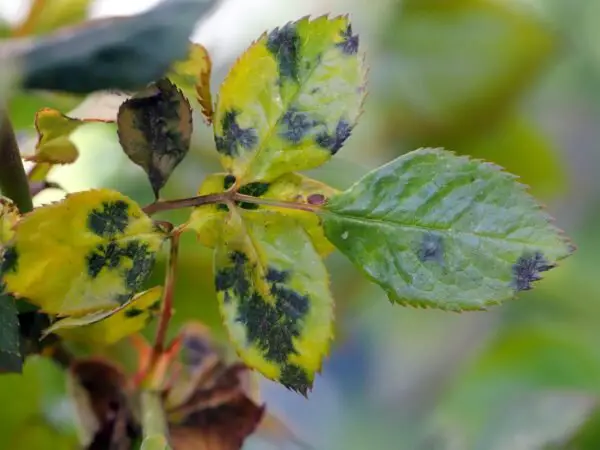If you’re a beginning gardener looking to create a beautiful garden without feeling overwhelmed, you’ve come to the right place. Starting a flower garden can be a rewarding and enjoyable experience, even for beginner gardeners with little to no gardening knowledge. With the right guide, simple planning, and a few essential tips, beginner gardeners can cultivate stunning perennial gardens. We'll help you understand the basics of soil preparation, plant selection, and maintenance to set you on the path to gardening success.
To start a flower garden, begin by choosing a suitable location that receives at least 6 hours of sunlight daily. Prepare the soil by removing weeds and adding compost to enrich it. Select easy-to-grow flowers like marigolds, zinnias, or sunflowers, which are resilient and require minimal care. Plant your flowers following the spacing instructions on the seed packets or plant labels. Water your garden regularly, ensuring the soil remains moist but not waterlogged. Mulching can help retain soil moisture and suppress weeds. As your garden grows, deadhead spent blooms to encourage more flowers and monitor for pests or diseases.
| Step | Description |
|---|---|
| Location Selection | Ensure 6 hours of sunlight daily |
| Soil Preparation | Remove weeds, add compost |
| Flower Selection | Choose easy-to-grow flowers |
| Planting | Follow spacing instructions |
| Watering | Keep soil moist, avoid waterlogging |
| Maintenance | Deadhead, monitor for pests/diseases |
We have additional tips and tricks, including detailed guides on specific flower care and seasonal advice to keep your garden flourishing throughout the year. Stay tuned for more practical gardening insights!
Key Takeaways
- Choose a sunny location: Select a spot for your flower garden that receives ample sunlight to promote healthy plant growth.
- Prepare the soil: Ensure your soil is well-draining and rich in nutrients by amending it with compost or organic matter.
- Pick the right plants: Select flowers that are suitable for beginners and thrive in your specific climate and soil conditions.
- Plant at the right time: Time your planting according to the recommended season for each type of flower to maximize their growth potential.
- Water wisely: Maintain proper watering habits by providing enough water without over-saturating the soil.
- Stay vigilant with maintenance: Regularly weed, prune, and fertilize your garden to keep it looking vibrant and healthy.
Choosing the Right Location
Assess Sunlight
Determining the sunlight exposure is crucial for your flower garden's success. Ensure your plants get at least six hours of sunlight daily. Opt for sun-loving flowers to promote healthy growth.
Check Drainage
Evaluating the soil drainage capacity is essential. Choose plants that thrive in well-draining soil conditions to prevent waterlogging. Improve soil drainage if necessary.
Evaluate Space
Assess the available space for your flower garden to plan an efficient layout. Consider the dimensions of the space and potential for future expansion.
Preparing Your Soil
Soil Testing
Conduct soil tests to determine its composition. Adjust nutrient levels based on the results obtained. Ensure the soil's pH suits the flowers you plan to grow.
Adding Nutrients
Enhance soil fertility by incorporating organic matter. Utilize compost or aged manure for nutrient-rich soil. Boost plant growth by adding natural soil amendments.
Tilling Soil
Prepare the soil through tilling to improve aeration. Break up compacted soil to encourage better root growth. Create a loose soil texture that aids in easy plant establishment.
Selecting Plants
Seasonal Choices
When selecting plants for your flower garden, choose flowers that thrive in the current season. Opt for blooms that are in season to enhance the overall aesthetics of your garden. Planning for a variety of flowers ensures you can enjoy a colorful garden throughout the year.
Plant Hardiness
Choose plants that are suitable for the USDA hardiness zone of your area. For regions prone to frost, consider cold-hardy flowers to ensure plant survival. Selecting species that are hardy and resilient will help your garden thrive under various conditions.
Color and Height
Plan your flower arrangements by considering color combinations to create an eye-catching display. Varying plant heights adds visual interest to your garden design. By designing a garden with a mix of colors and heights, you can achieve a balanced and visually appealing landscape.
Timing Your Planting
Frost Dates
Determining the last frost date in your area is crucial for successful planting. Schedule all planting activities based on this date to avoid damage from late frosts. Protect tender plants by using row covers or mulching.
Understanding the growth patterns of different flower species is essential for a thriving garden. Plan maintenance tasks such as watering, pruning, and fertilizing according to these cycles. Coordinate your planting schedule to ensure your garden has continuous blooms throughout the season.
Growth Cycles
Different flowers have varying growth cycles, affecting when they bloom and require care. For example, annuals complete their life cycle in one season, while perennials return year after year. Biennials, on the other hand, take two years to complete their cycle.
Planning around growth cycles helps you anticipate when to expect blooms and when plants need care. For instance, knowing that tulips bloom in spring allows you to plan for complementary summer flowers like daisies or sunflowers. This way, you can enjoy a garden that flourishes with color and variety all season long.
Watering Basics
Schedule
Creating a gardening calendar is essential for planting and maintenance. Organize tasks by seasonal requirements to ensure proper care. Follow a consistent schedule for optimal garden health.
Techniques
Learn crucial gardening techniques like deadheading and pruning. Implement proper watering and fertilizing techniques for healthy plants. Master propagation methods to expand your flower collection efficiently.
Garden Maintenance
Weeding
Weeding is essential for a flourishing garden. Implement regular weeding practices to keep your garden tidy and free from unwanted plants. By removing weeds promptly, you prevent competition for nutrients that your garden plants need to thrive. Mulch is an effective tool to suppress weed growth by blocking sunlight and hindering weed germination.
Deadheading
Deadheading is a simple yet crucial task for garden maintenance. Remove spent flowers promptly to encourage continuous blooming in your garden. This practice not only enhances the appearance of your plants by eliminating faded blooms but also prevents seed formation, redirecting the plant's energy into producing more flowers.
Supporting Plants
Supporting your garden plants is vital, especially for tall or climbing varieties. Provide support structures such as stakes to prevent bending or breaking under their weight. For vine-like flowers, using trellises or cages can help them grow vertically and prevent tangling with other plants.
Pest and Disease Management
Identify Pests
Aphids
- Identify aphid infestations early to prevent plant damage.
- Combat aphids naturally by introducing beneficial insects like ladybugs.
- Opt for insecticidal soap as a non-toxic treatment alternative.
Slugs and Snails
- Protect plants in the garden from slugs and snails by implementing control measures using products.
- Use barriers such as copper tape to deter slug and snail activity.
- Manage slug populations by attracting natural predators like birds.
Fight Diseases
Powdery Mildew
- Detect powdery mildew symptoms on plant leaves, appearing as white powdery patches.
- Treat powdery mildew using fungicidal sprays or natural remedies like neem oil.
- Prevent powdery mildew development by enhancing air circulation around plants.
Regular Inspections
Monitor Growth
Regularly observe plant growth and health status to ensure they are thriving in the garden. Look for any abnormalities such as wilting leaves or stunted growth. Check the color of the leaves for signs of nutrient deficiencies, like yellowing or browning edges.
Adjust care routines based on plant growth progress; for example, if a plant is growing rapidly, consider providing more water or nutrients. By monitoring growth consistently, you can intervene promptly if any issues arise, ensuring your plants remain healthy.
Spot Issues Early
Identify garden issues like diseases or nutrient deficiencies promptly to prevent them from escalating. Look out for common problems such as powdery mildew, aphids, or yellowing leaves. Take immediate action by removing affected parts or applying appropriate treatments.
Prevent widespread damage by spotting issues early; for instance, if you notice a few leaves with spots, remove them to prevent the disease from spreading further. By addressing problems swiftly, you can maintain a healthy garden and minimize the impact of pests and diseases.
Getting Started Tips
Best Start Time
Determining the optimal time to start your flower garden is crucial for successful growth. Consider local climate conditions, such as frost dates and temperature variations, to plan the best start time. By aligning garden setup activities with the recommended start time, you can ensure that your plants thrive from the beginning.
Small Garden Setup
When designing a flower garden in limited spaces, focus on creating a compact layout that maximizes every inch. Utilize vertical gardening techniques like trellises or hanging planters to make the most of small areas. Opt for dwarf or compact plant varieties that flourish in confined spaces without overcrowding.
Essential Tools
Equipping yourself with basic gardening tools is essential for proper flower care. Include tools like trowels for planting, pruners for trimming, and watering cans for hydration in your gardening arsenal. Investing in quality tools ensures efficient garden maintenance and promotes healthy plant growth.
Soil Quantity
Calculating the amount of soil needed for your flower garden is vital to provide adequate nutrients for plant development. Estimate the soil quantity based on your garden's size and depth requirements to support root systems effectively. Purchase or prepare a sufficient amount of soil to lay a solid foundation for your plants' growth.
Closing Thoughts
You've now learned the essential steps to kickstart your flower garden successfully. By choosing the right location, preparing the soil adequately, selecting suitable plants, and mastering watering and maintenance techniques, you're well on your way to a flourishing garden. Remember to stay vigilant against pests and diseases, conduct regular inspections, and follow the tips to get started. Now is the time to put your newfound knowledge into action and watch your garden bloom.
Take the first step today by applying these guidelines to create a vibrant flower garden of your own. Your dedication and care will undoubtedly yield beautiful blooms and a rewarding gardening experience. Happy gardening!
Frequently Asked Questions
What are the key factors to consider when choosing the right location for a flower garden as a beginner?
Choose a spot with adequate sunlight, good drainage, and proximity to a water source. Ensure it's easily accessible for maintenance tasks like weeding and watering.
How can beginners prepare their soil effectively for a flower garden?
Test the soil pH, add organic matter like compost, and till the soil to improve its structure. Consider using fertilizers based on soil test results for optimal plant growth.
What should beginners keep in mind when selecting plants for their flower garden?
Choose plants suitable for your region's climate, consider the mature size of the plants, and select a variety of flowers for continuous blooming throughout the season.
When is the best time for beginners to plant flowers in their garden?
Plant flowers after the last frost date in your area to avoid damage from cold weather. Spring is generally a good time for planting most annuals and perennials.
How often and how should beginners water their flower garden?
Water deeply but infrequently to encourage deep root growth. Early morning watering is ideal to reduce evaporation and prevent fungal diseases. Adjust watering frequency based on weather conditions.
Image Source: Paid image from CANVA





